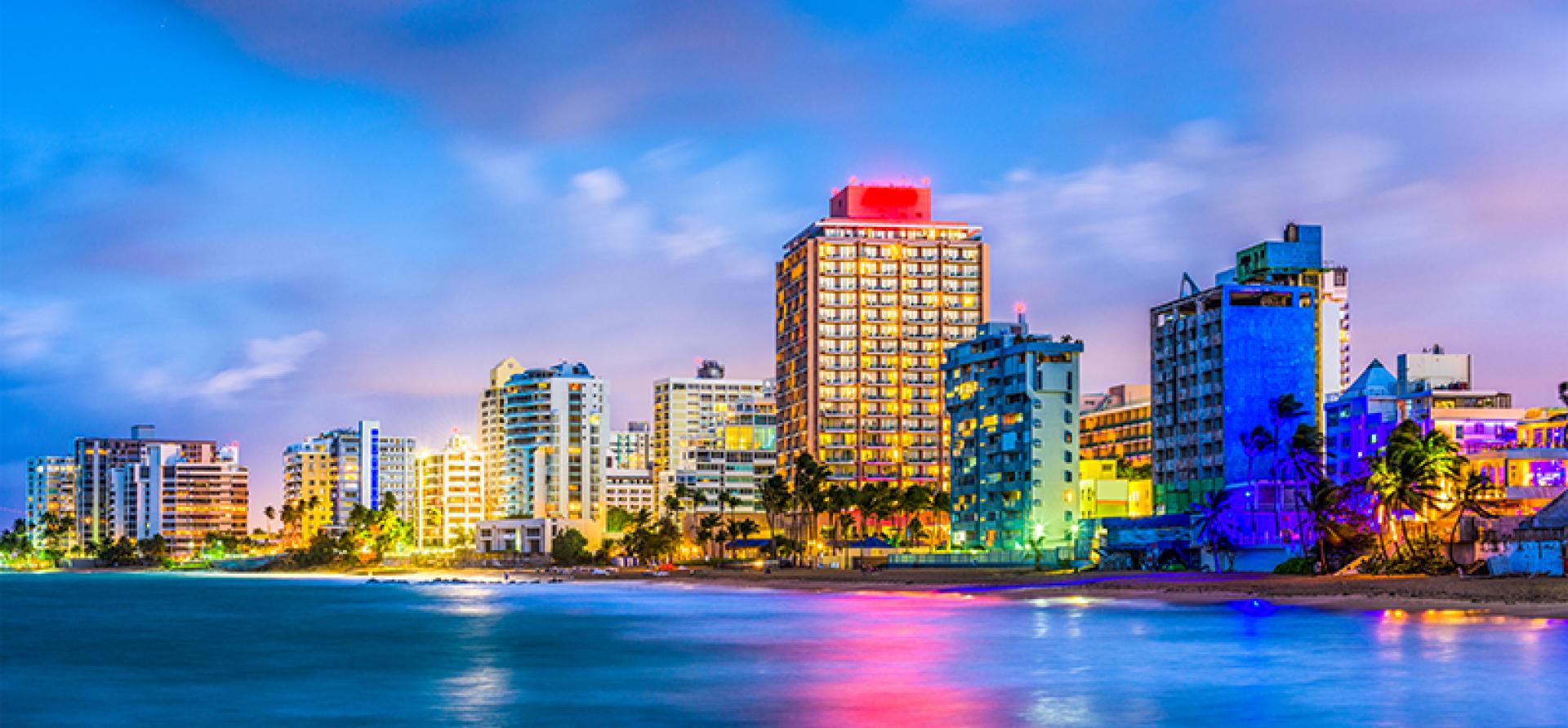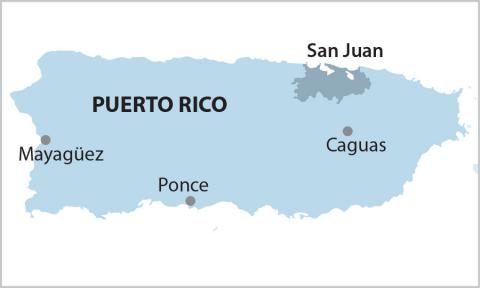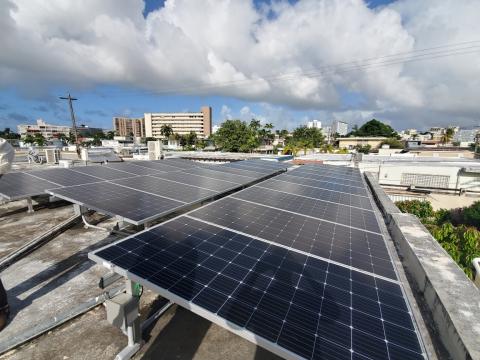Puerto Rico debt deal costs too much, fixes too little and wastes money needed to rebuild grid

Key Findings
A new deal to restructure the $5.4 billion debt of the Puerto Rico Electric Power Authority (PREPA) would involve higher interest rates and cost consumers—even those using solar panels—extra money for the next 35 to 50 years, hampering the island’s economic recovery.
New bonds that would be issued to pay the debt might not be rated, meaning investors would be less willing to buy them. It’s also not clear that legislators or regulators would approve the issuance of such bonds, given Puerto Rico’s economic woes.
Puerto Rico is about to receive $10 billion to rebuild its shaky electrical grid. The federal money should be used for a rapid transition to resilient and renewable energy sources that will help put the island on a sound financial footing that brings down debt costs and provides a reliable source of electricity.
A plan to restructure the debt of the Puerto Rico Electric Power Authority (PREPA) would be a massive step backward, if approved in its current form.
In 2019, the Federal Oversight Management Board (FOMB) negotiated an agreement with bondholders that would have raised electric rates between 2.7 and 4.6 cents per kilowatt-hour (a 10% to 16% increase over current rates) for the next 47 years. The agreement was ultimately rejected by the legislature and governor, who recognized that it was unaffordable and would impose costs that would undermine Puerto Rico’s recovery and future economic growth.
For customers, this deal is worse than the ones rejected in the past. The FOMB has not published the magnitude of the proposed rate increases. But its plan proposes to repay $5.4 billion of PREPA’s debts at a higher interest rate than a 2019 proposal. The FOMB would exempt low-income households from the majority of the rate increases. By our calculations, the full impact will expose the rest of Puerto Rico’s households and businesses to rate increases that are similar to or higher than those in the rejected 2019 plan. The charges will be in place for the next 35 to 50 years.
Customers who install their own solar panels would not escape the debt charge; the board has recently suggested they pay more than $250 a year in new charges—at a time when Puerto Rico should be incentivizing the transition to a decentralized, resilient source of renewable power.
This deal is worse than the ones rejected in the past
Puerto Rico’s electrical system is already one of the least reliable and most expensive in the United States. Some may argue that restoring PREPA’s access to the bond market through the deal makes approval of this plan essential. The argument is wrong, for three reasons:
First, there is no guarantee that the plan will restore PREPA’s market access. The economy is too weak to support the new debt load. There is no indication in the plan that the new bonds will be rated by credit rating agencies. Unrated bonds means they are highly speculative in nature. It is also unclear whether bonds would be approved by regulators or legislators.
Second, Puerto Rico’s electrical system is about to receive more than $10 billion of federal money. The funds could be used to truly transform the system towards renewable energy, bringing down fuel and debt service costs for the long term. But layering on additional rate increases to pay back old debt wipes out the financial benefit and leaves the system’s managers scrambling to balance annual budgets. This means pressure to cut labor costs, maintenance and other system costs at a time when the transformation requires more money to complete crucial changes. At best, this fiscal scenario means progress delayed progress; at worst, no progress at all.
Finally, PREPA could achieve market access without the onerous rate increases proposed in this plan. As IEEFA has noted, there are other routes by which bondholders could receive at least a portion of their claims, including via the companies that insured more than 20% of PREPA’s debt, as well as underwriters and financial advisors who participated in questionable past bond issuances. The only way for PREPA to be able to obtain market access for the long term is for Puerto Rico to develop an affordable electrical system. The key to affordability is for rates to sufficiently cover operating expenses and keep up with the need for ongoing investment. This can only happen with a rapid transition to renewable energy, facilitated with federal funds. Putting more burdens on the system to pay for debt incurred years ago is fraught.
The proposed plan is not the last word. It can be amended by the FOMB and by the federal court—which must happen if Puerto Rico is to have a fair chance at rebuilding a functional electrical system.
This op-ed was originally posted in El Nuevo Dia
Tom Sanzillo ([email protected]) is IEEFA director of financial analysis

















